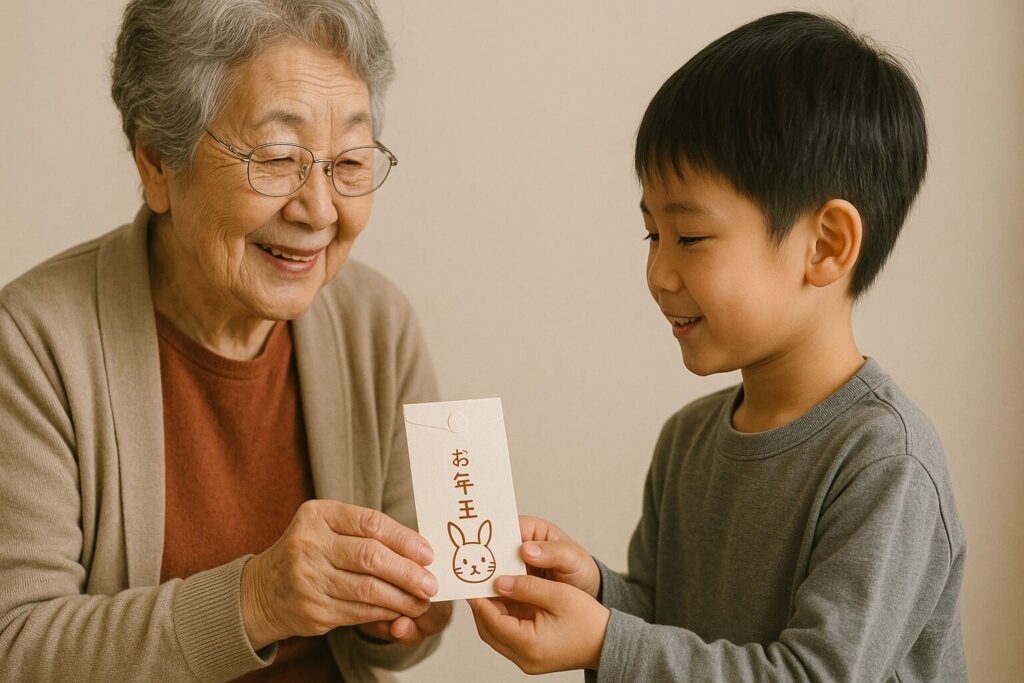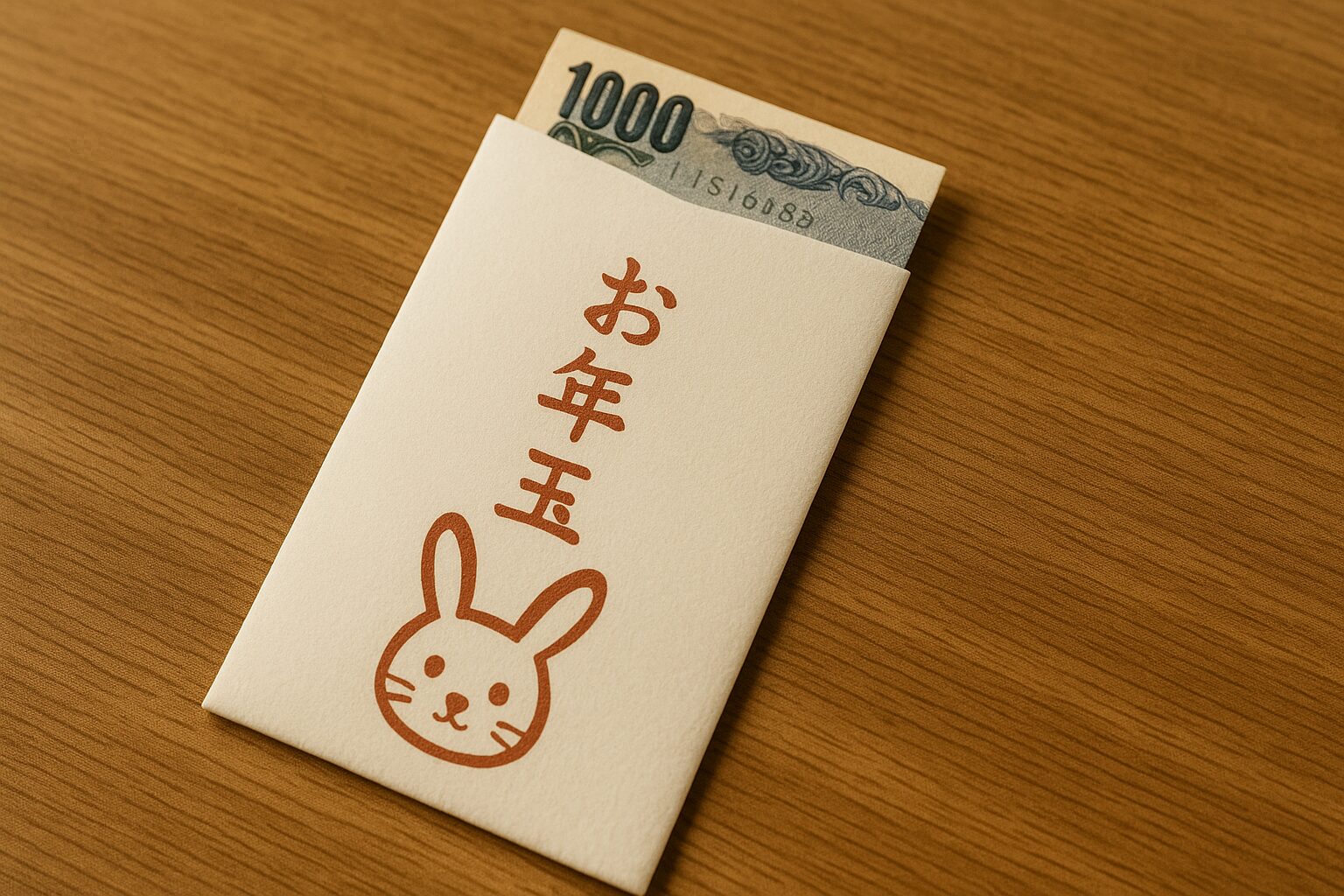Ever wondered why Japanese kids get excited about New Year’s? While many cultures celebrate with fireworks or resolutions, in Japan, children eagerly await something very specific: Otoshidama — a cash gift handed out during the New Year.
But why money? Why is it put in a tiny envelope called Pochi-bukuro? And are there unspoken rules adults must follow?
Let’s dive into the surprising history, cultural significance, and global comparisons of this uniquely Japanese tradition.
- From Sacred Mochi to Modern Money: The Origin of Otoshidama
- What’s a Pochi-Bukuro? A Lesson in Polite Giving
- How Much Money Is Given? Otoshidama Amounts by Age (2025 Edition)
- Common Questions About Otoshidama
- Is There Otoshidama Outside Japan? Global New Year Money Traditions
- Final Thoughts: Otoshidama Is More Than Just Cash
From Sacred Mochi to Modern Money: The Origin of Otoshidama
Originally, otoshidama wasn’t about cash at all. It began with mochi (rice cakes) offered to welcome Toshigami-sama, the New Year deity believed to bring prosperity and good health.

Families would receive mochi as a sacred gift — thought to hold the spirit or “soul” of the god. This was the original “otoshidama”, a divine token rather than a monetary one.
Over time, this spiritual gift evolved: from rice cakes → to small presents → to money. By the Edo period (1603–1868), it had become customary to give cash bonuses or rewards to household workers and children.
What’s a Pochi-Bukuro? A Lesson in Polite Giving
The small envelope used for otoshidama is called a Pochi-bukuro. The word “pochi” comes from Kansai dialect, meaning “just a little.” It reflects a humble intention: “Here’s a small token.”
In Japanese culture, handing over money directly is considered impolite. The envelope serves as a respectful way to package the gift — an act that highlights Japan’s strong values around etiquette and presentation.
How Much Money Is Given? Otoshidama Amounts by Age (2025 Edition)
Though amounts vary by region and family, here are common guidelines:
| Child’s Age | Typical Amount (JPY) |
|---|---|
| Preschool | ¥500 – ¥1,000 |
| Early Elementary | ¥1,000 – ¥2,000 |
| Late Elementary | ¥2,000 – ¥3,000 |
| Middle School | ¥3,000 – ¥5,000 |
| High School | ¥5,000 – ¥10,000 |
| College Students | Around ¥10,000 |
Note: Always adjust according to your family’s values and budget.
Common Questions About Otoshidama
Do Parents Also Give Otoshidama to Their Own Kids?
Yes, it’s common — though some families prefer to let only grandparents or relatives give it.
Should Siblings Get the Same Amount?
Not necessarily. Age-appropriate amounts are typical, but avoid big discrepancies between young siblings to prevent jealousy or conflict.
Is There Otoshidama Outside Japan? Global New Year Money Traditions
China: Red Envelopes for Spring Festival
In China, during Spring Festival, elders give children red envelopes called hongbao filled with money — a tradition strikingly similar to otoshidama.
Korea: Sebae and New Year Cash
Koreans also have a New Year tradition called sebaetdon, where children bow to elders and receive money in return. It’s usually given in decorative envelopes, much like in Japan.
Western Countries: Gifts, Not Cash
In the U.S. and Europe, giving cash to children at New Year is rare. Gift-giving is more common, especially during Christmas, and money is typically reserved for birthdays or graduation.
Final Thoughts: Otoshidama Is More Than Just Cash
It might surprise you to learn that this now-common cash gift started as a spiritual offering. Otoshidama carries a deeper meaning — one of respect, family connection, and the enduring value of tradition.
So next time you give (or receive) an otoshidama, consider the centuries of culture it carries in that small envelope.


